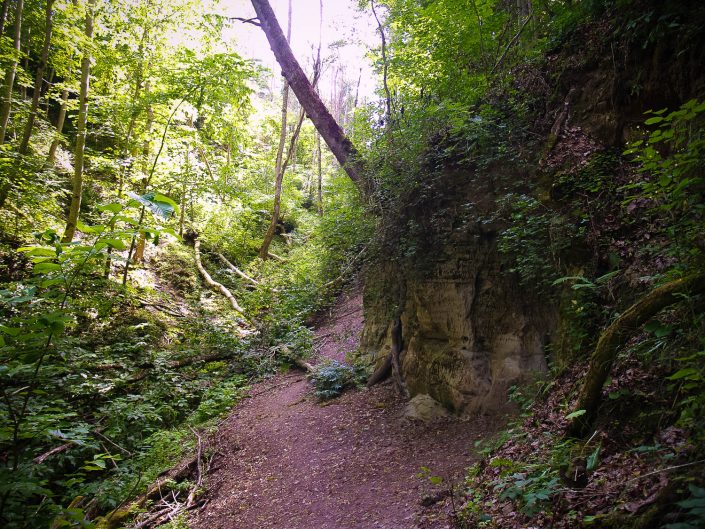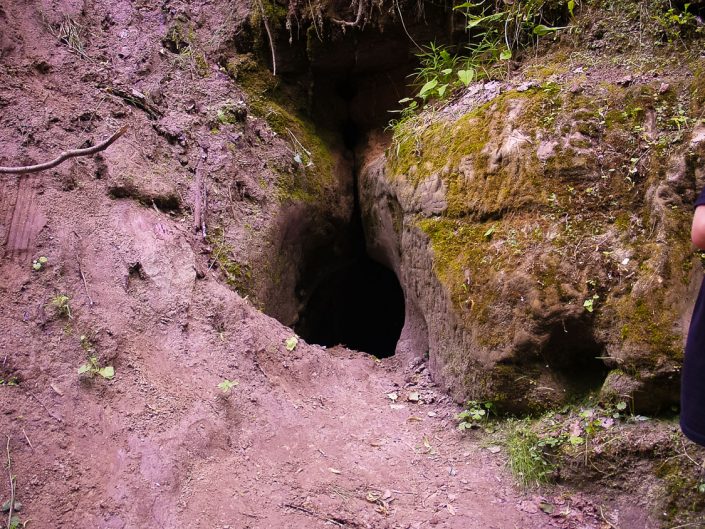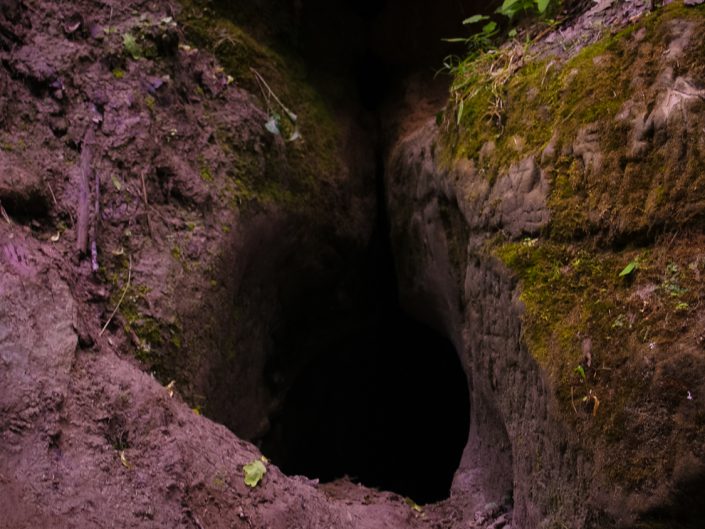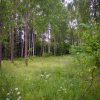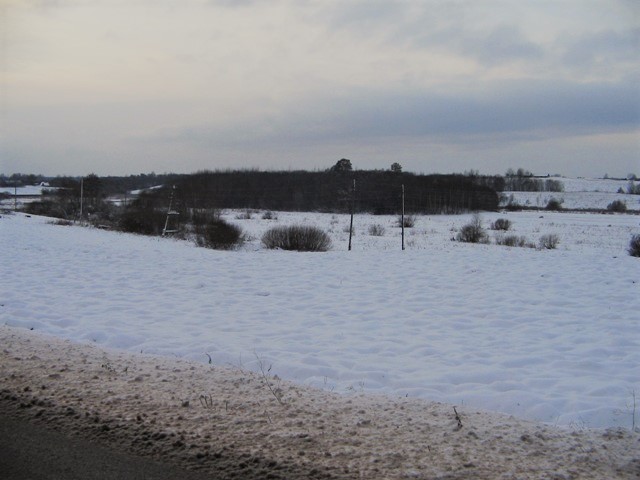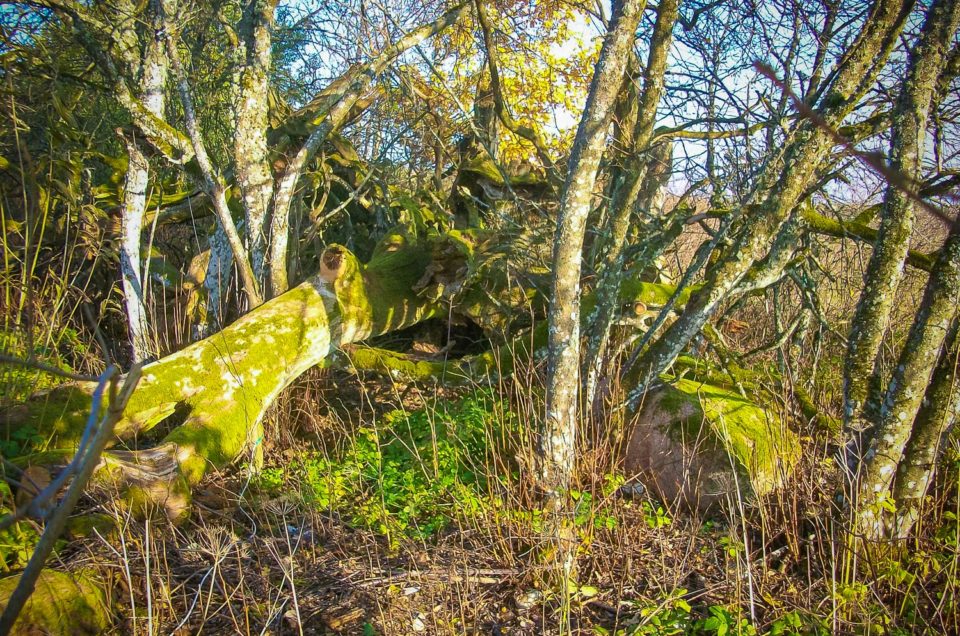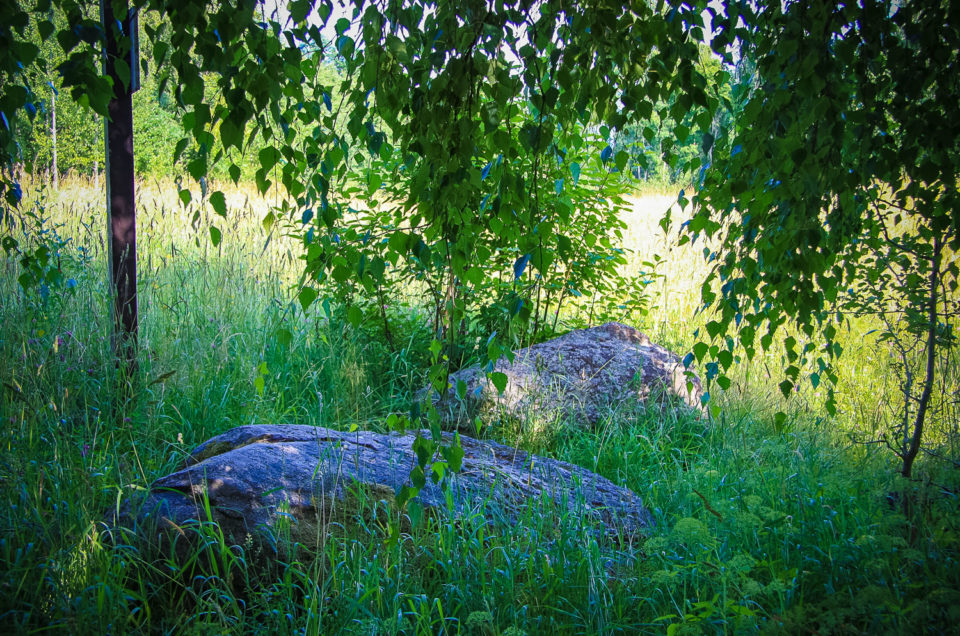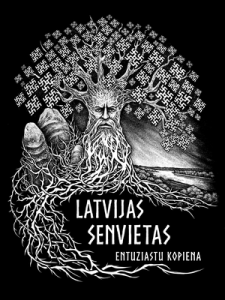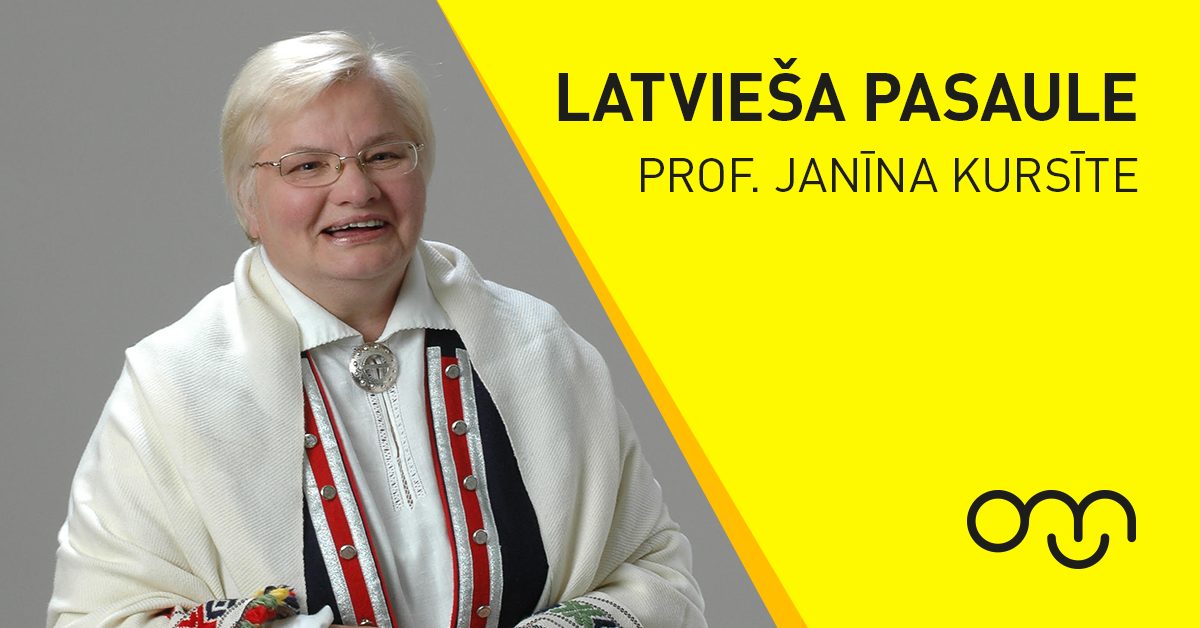In publications, the Cave has been called the Abava, Matkule or Melderi Devil’s Cave. In the ravine of up to 10 meters deep, where the Devil’s Cave is located, the sandstone of Upper Devonian Ogre Range is worn out, which in the upper part of the ravine is covered by dolomite of the Upper Devonian Stipini Range. The cave is located in the light sandstone. The entrance into the cave is rather undistinguished — its front part is trodden by tourists, but groundslids from the upper part of the ravine, in turn, have substantially narrowed the entrance into the cave — in order to get into the cave one must crawl into a chink of about half a meter wide and 0.7 meters high. A couple of meters from the entrance, the height of the ceiling increases, a meter further on the right side one can crawl through a chink of 0.8 m wide and 0.4 m high into the narrow cave’s chamber. Crawling by this narrow side passage, one can reach a wider cave’s chamber, the length of which is ~3 meters, width of 1.1 meters, but the height of the flat ceiling increases up to 1.4 meters, which makes it possible to recover one’s feet but still bending. The total length of the cave is about 7 meters. The Abava Devil’s Cave is one of the most known mythological caves not only in Kurzeme, but also in whole of Latvia. Judging by the travelling notes, the cave became a popular travelling destination in the 20s – 30s of the 20th century. In the story recorded already back in 1928, there were tourists’ inscriptions on the cliff mentioned, because “many tourists who visited the cave carved their names on its walls”. In tales, the origin of the cave is related to the Devil’s activities. In some other tale, the origin of the cave is explained in a completely different way — during the times of the Duke Jacobs, it was dug out by a man, thus extracting sand for the needs of a factory. In literature it is also mentioned that in the cave or its nearby surroundings they extracted white sand for production needs. It is possible that this information is even true, because extraction of cave sand for the glass production needs in Kurzeme really took place during the times of Duke Jacobs. In such a way, the famous Riežupe sand caves were created not far from Kuldiga. The Devil’s Stone situated above the cave was former included into the joint system of mythological beliefs along with the cave. Tales narrate that the God threw the stone at that place, wishing thus to close the Devil’s underground pastureland, or it was even brought by the Devil himself wishing to place it in front of the cave as a door, but he was disturbed by a rooster. Both in folklore and in literature, there have been not only mythological but also historic events related to the cave recorded. It is believed that in the cave, the criminal named Kretulis or members of his gang were hiding for a while in the cave, due to which the cave gained its second name — the Kretulis Cave. (S. Laime. Holy Underground. Folklore of Latvian Caves. – Riga, Zinātne, 2009, p. 149–154)
There are three sequent indication signs to the Devil’s Stone at the edge of the Plosti – Aizdzire highway, which help to find the stone easier, but only the last sign tells about the Devil’s Cave at the parking lot by the Plosti – Aizdzire highway. From the parking lot to the Devil’s Stone, there is a mown path, at the end of which the stone is well visible, still no sign indicated the Devil’s Cave and for unaware persons it could be rather difficult to find it. A path, which is difficult to follow, is leading from the edge of the Abava Vale downwards the Devil’s Stone to the ravine of the Abava’s tributary and further to the Devil’s Cave. Recently groundslids of the steep slope have fallen over onto the Devil’s Cave and the Cave’s entrance has become much smaller. Nearby the cave, there are sandstone cliffs covered with inscriptions, having a large egg-shaped cavity. There is a great contrast between the Devil’s Cave and the Devil’s Stone: the stone is well visible, but the cave is hardly accessible and is located at the edge of a wild steep ravine. Unfortunately, the large tourist flow has taken away from the ravine, in which the Devil’s Cave is located, its wildness that had been frequently mentioned in the travellers’ notes of the first half of the 20th century. The Devil’s Cave is situated in the complex natural protection area of the Abava Vale and along with the detrition it is a protected geological object since 1957. It is also included in the List of Archaeological Monuments of Sate Importance.
Extra materials:
Contains information from the project:

Added by
www.latvijas-pilskalni.lv, www.senvietas.lv un hillforts.eu izveidotājs un uzturētājs.
